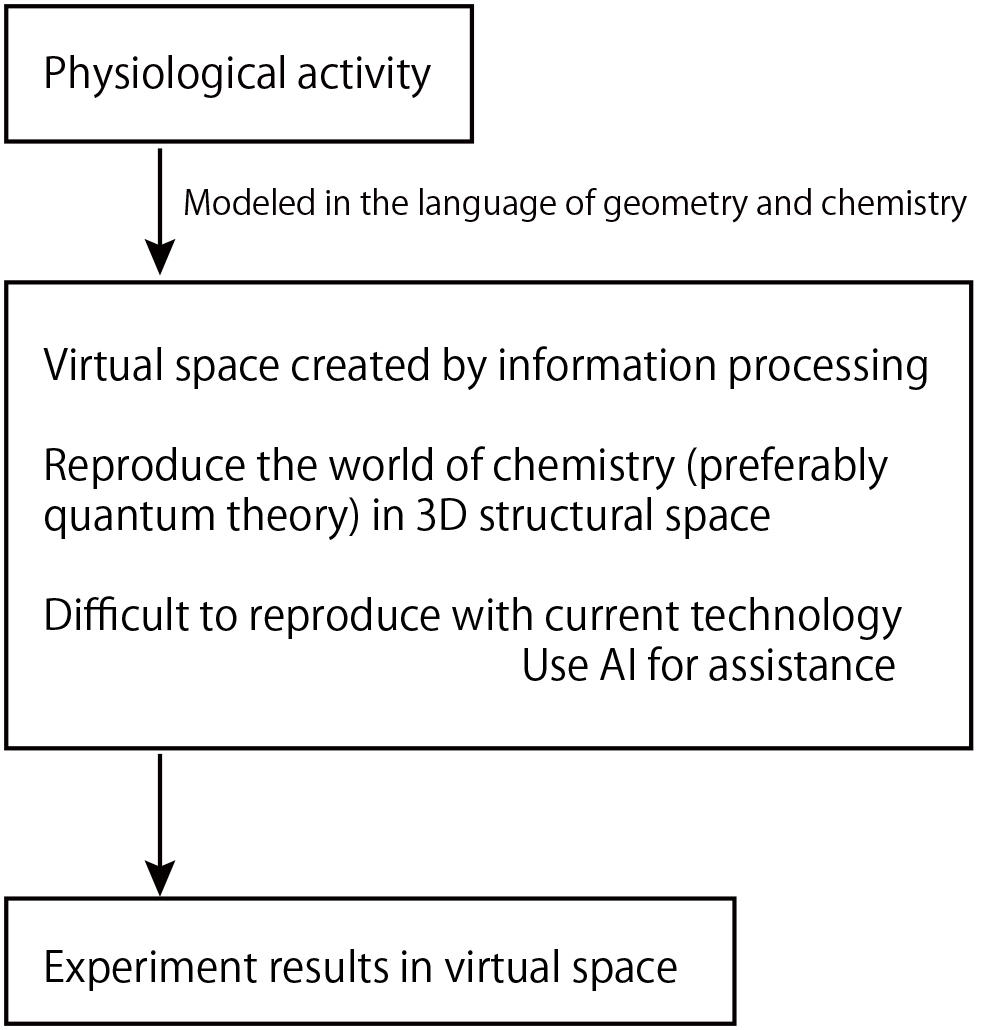Bioinformatics
Mitsuo Iwadate/Associate Professor, Faculty of Science and Engineering, Chuo University
Area of Specialization: Bioinformatics
1. Explanation of further subdivided areas of specialization
My specialty is bioinformatics. As expressed by inclusion of the term of informatics, this is a field of study which has grown along with the development of computers. In modern times, people without expertise in information processing can easily use computers and receive the benefits of information processing. Similarly, the name of bioinformatics was born in peripheral academic fields in the field of biology. As the academic fields of biology are diverse, I generally view all biologists who are in some way involved in information processing as bioinformatics researchers. In a broader sense, I believe that using computers in the laboratory to process experiment results is already an act of a bioinformatics researcher. In general, the demand for applications that process information on experiments performed in university laboratories is overwhelmingly specialized, so there continues to be a trend in which it is difficult to obtain such applications unless a high price is paid for the application or expensive equipment is purchased at the same time. As long as the researcher has an understanding of mathematics at the junior high school or high school level, it is definitely better for the user of an application to construct their own logic and reflect it into the application. I have always hoped that the many students who have access to a computer connected to the Internet would start writing applications for their own use, even if it is just for local use in the laboratory.
2. A programming language for developing your own apps
An application is free if you develop it yourself. Even for many students who do not major in information processing, there will be a certain amount of classes on programming. It is difficult to actually create something useful only through classes set in a student's daily schedule--this kind of situation exists at both Chuo University and other universities. Generally speaking, in a science department, students are assigned to a laboratory upon becoming a fourth-year student. At these laboratories, students are exposed to stimuli which they had not yet experienced in classes. Since laboratories are a group of specialized intellectuals, there is a high probability that students will have a chance to apply the informatics skills which they learned in classes up until that point. I highly recommend that students learn programming skills to some extent by the end of their third year, before being assigned to a laboratory. There is a joy in being able to create economic added value by yourself when you were able to create even just some of the features of an expensive license fee application and customize it to make it easier to use. Researchers in your laboratory conducting related research might be grateful as well. I would like students to experience such success. The significance of the laboratory for students is not limited to such achievements, but there is no doubt that such by-product effect will also be a significant motivation.
3. Processing three-dimensional structure and chemical data in the field of life science
My current specialty is the study of protein-pharmaceutical interactions. A huge number of researchers specialize in this theme, including those in the periphery. Among them, the field of searching the space of three-dimensional structures has formed as a distinct field. Although I have not collected any particular statistical data, it is my impression that the number of researchers mentioned above will decrease sharply when filtering by involvement in the three-dimensional structure of proteins. The field of three-dimensional structure of proteins has the potential not to rely on artificial intelligence (AI), which I will discuss later, despite the significant role of AI in modern days. Stated differently, it is inevitably difficult to rely on AI in the field that deals with such three-dimensional structures. Any difficult task is sure to be rewarding, so I'm currently assigning a certain ratio of personnel from my laboratory to work on this theme. The theme of "using AI to develop drugs" is full of buzzwords, so the students assigned to the theme are quite ambitious, which I find quite pleasing. However, in order to conduct research on this theme, students must acquire skill in chemoinformatics, a field which has been undergoing remarkable advancements in recent years. Students majoring in biology and life sciences tend to dislike chemoinformatics, as a certain level of understanding such as the laws of physics is required. It goes without saying that instructors will devise various ways to prevent frustration, and I hope that students will persevere in giving their best effort. Another difficulty in this field is that it involves proteins, which are extremely complex compounds. Information is stored in an application in the form of assignments to variables or arrays, and the presence of proteins makes the number of variables astronomically complex.
4. Maintaining a distance from artificial intelligence
In recent years, advancements in AI research have been remarkable, and there are platforms which can respond relatively easily to needs of people like us who lack specialization in the field of AI, but who wish to try out the power offered by AI.
In terms of generating plausible yet never-before-existing data from the accumulation of past data, AI closely resembles human ability, but has been enhanced by an order of magnitude in terms of memory and computational speed. It is easy to mistakenly believe that all intellectual work will be taken away from the person who learned the way to use AI.
It is well known that physiological phenomena are chain reactions of chemical reactions. The real world is governed by extremely simple laws of physics rather than by machine learning, which involves reproducing past data as much as possible. Even if the laws are simple, when the number of variables to be considered increases, there are many calculations that cannot be completed without omission of some calculations even with modern computers, let alone mental or manual calculations performed by humans. In that sense, with a few exceptions, the information processing speed of current computers cannot keep pace with the various ideas that arise in the human mind. Nevertheless, in order to produce some useful results, we make an unreasonable assumption that we should uniquely define the most important variables that normally require the highest level of consideration. In the near future, when sufficient computational resources are available to reflect ideas, we will be able to create a virtual space that can fully incorporate the calculations that we have begrudgingly omitted until now. This will allow us to create a virtual space in which we can perform the simulations that were our true pursuit. Such developments may occur while I am still a researcher, or they may come later due to unexpected difficulties. For now, I am driven by my persistent desire to contribute to the future development of science by training successors who understand the importance of simulations that do not rely entirely on AI.

Mitsuo Iwadate/Associate Professor, Faculty of Science and Engineering, Chuo University
Area of Specialization: BioinformaticsMitsuo Iwadate was born in Saitama Prefecture in 1973. He graduated from the Faculty of Engineering, Tokyo University of Agriculture and Technology in 1995. He completed the Master’s Program in the Graduate School of Engineering, Tokyo University of Agriculture and Technology in 1997. He completed the Doctoral Program in the Graduate School of Engineering, Tokyo University of Agriculture and Technology in 2000. He holds a PhD in engineering. He served as a Research Assistant and then a Full-Time Lecturer in the School of Pharmacy, Kitasato University before assuming his current position in 2008.
His current research theme is drug discovery based on the three-dimensional structure of proteins.









